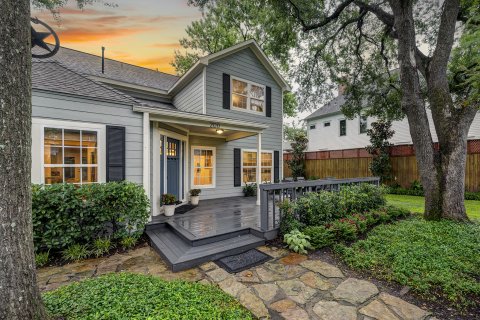This Bold Dallas Designer Isn’t Afraid of Risk (Or Painting a Room Black): How Jean Liu Found Her Style
BY Rebecca Sherman // 03.09.18Dallas interior designer Jean Liu
For interior designer Jean Liu, blank walls and uncluttered surfaces are just as meaningful in a room as the arrangement of the furniture, accessories, and art. Well considered emptiness creates energy, the yin and yang necessary for harmony.
“Negative space is important,” she says. “Beautiful things need to breathe.”
Liu — who was born in Dallas, grew up in California, and returned to Dallas after Harvard grad school in 2002 — derives her preference for disciplined spaces from her Chinese heritage and from her mother, who “loved a Spartan look.”
In the designer’s own work, a little austerity goes a long way. “My aesthetic leans towards a modernist approach,” she says. “But I love a mix of styles.”
The development of Jean Liu Design, founded in 2009, was organic: A friend had enlisted her help in redecorating her house and insisted on paying her.
“After that, I was hooked,” Liu says. “One job turned into another, and another.”
Last year, the company moved into a sunny, spacious studio in the Dallas Design District — command central for Liu’s design projects.
Liu doesn’t shy from bold statements. For the 2017 Hampton Designer Showhouse, she tackled an uninteresting basement by covering its walls with shiplap, giving the space a sense of geography.
“It was expected that I’d do a blue-and-white room,” she says. “But I wanted to figure out a way to modernize it and make it my own.” So, she painted the room, with its one window, black.
“People said I was insane,” she says. “But the black made it feel bigger and made the window a focal point. I contrasted it with light-colored contemporary furniture, and antiques purchased from the East End of the island.”
Liu’s Burgeoning Empire
Several side businesses also keep Liu busy. Six years ago, her family acquired the publicly traded Craft Made furniture company, and she serves on its board. In 2015, Liu founded e-commerce brand Stori Modern, an innovative outdoor furniture company that sells directly to consumers. It’s a labor of love that she clearly enjoys.
Later this year, she will launch her newest collection, Script, geared to the hospitality sector. “I refer to myself as chief storyteller,” says Liu, who reinforces the collections’ themes with amusing photography and text. “It’s meant to be fun. It’s my alter ego.”
Stori Modern furniture designers Site Li and Mark A. Pickett push the boundaries of outdoor-furniture design: Dark-wicker slats woven into a tubular aluminum frame reference window blinds; a modern take on classic Chippendale furniture is made for outdoors and rendered in bright colors.
Nothing about the soft-spoken Liu is conventional. After earning a degree in foreign service and a master’s in theology, she returned to Dallas to help run the family business, a private-label lighting manufacturing company that sells to big-box retailers.
There, she spent two years learning the business and meeting designers along the way — a precursor to launching her own design business.
In 2007, she and her husband moved into a new house, and she began buying antiques. Despite her preference for clean spaces, Liu is not a modernist living in a minimal white box. Her home is a gracious 1929 Italianate in Highland Park filled with the antiques she loves, including Gustavian chairs and a Biedermeier chest.
Large-scale contemporary art works by Thomas Struth, Jeff Zilm, and Florian Maier-Aichen provide contrast, and it’s all given proper breathing room so that each piece sings.
Meanwhile, Liu’s design studio — with its polished-concrete floors and utilitarian furnishings — is designed to “look like we are people who mean business.” Five massive black lighting pendants from Caravaggio play with scale over the communal work area.
Each project has its own rolling cork wall for pinning fabric samples and inspiration photos. The conference room’s sliding glass doors are industrial windows salvaged from a Deep Ellum factory. When the large magnetic dry-erase board she wanted never arrived, Liu used the door’s glass panes to jot out to-do lists and schedules.
“Every Monday morning, we congregate there,” she says of the windows-turned-whiteboard. “Then we erase everything and fill in what needs to be done that week. It’s quite therapeutic.”
The vibe is serene and conducive to concentration, and the artwork is intentionally placed not only to be beautiful, but to make Liu think.
A framed scarf by superstar L.A. artist Jonas Wood, the most recent honoree at the TWO x TWO for AIDS and Art gala, reminds her to stay creative in problem solving. “The framed scarf is an example of finding a way to make art approachable,” she says.
A felt kimono by Sebastian Black and India Donaldson is on another wall.
“The kimono was meant to be worn, but they’ve turned it into an art installation,” she says, “It reminds me not to judge a book by its cover.”

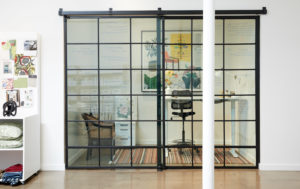




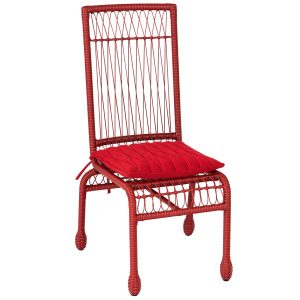

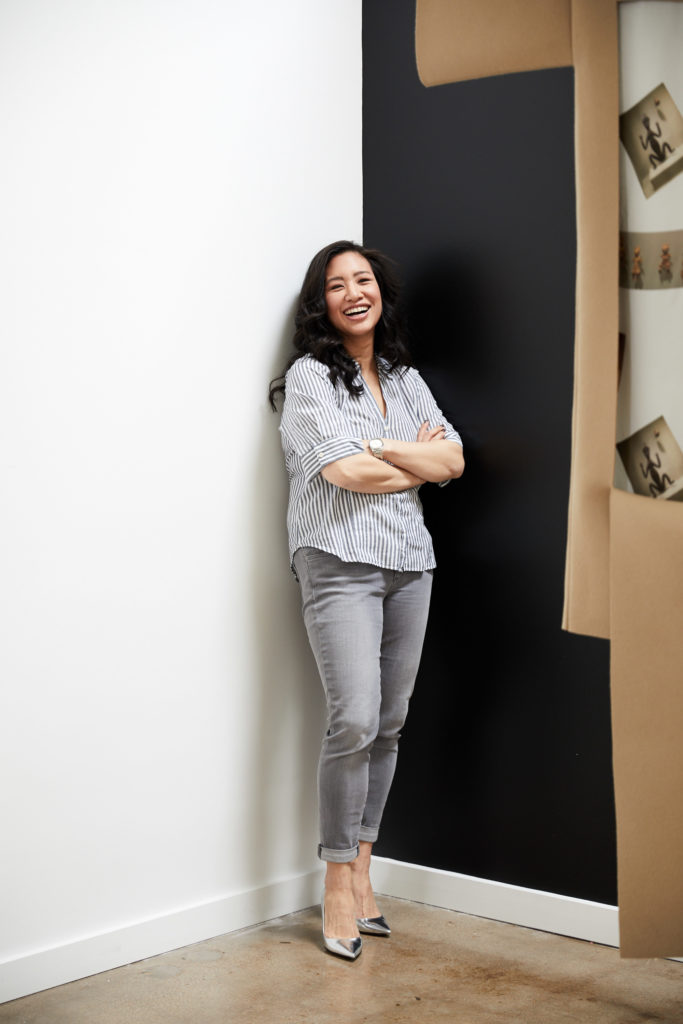
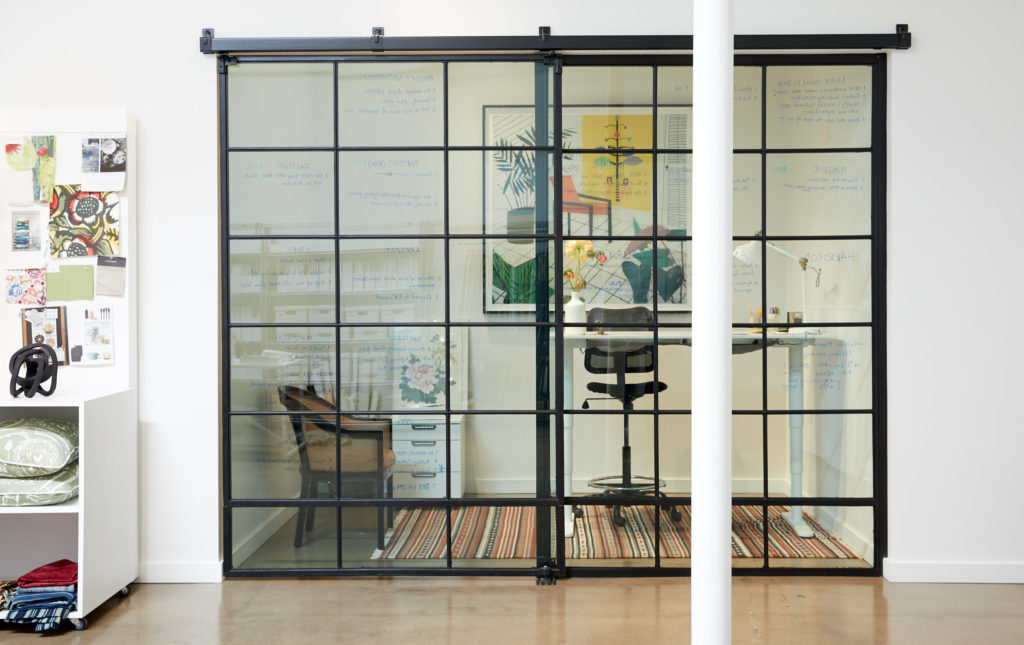
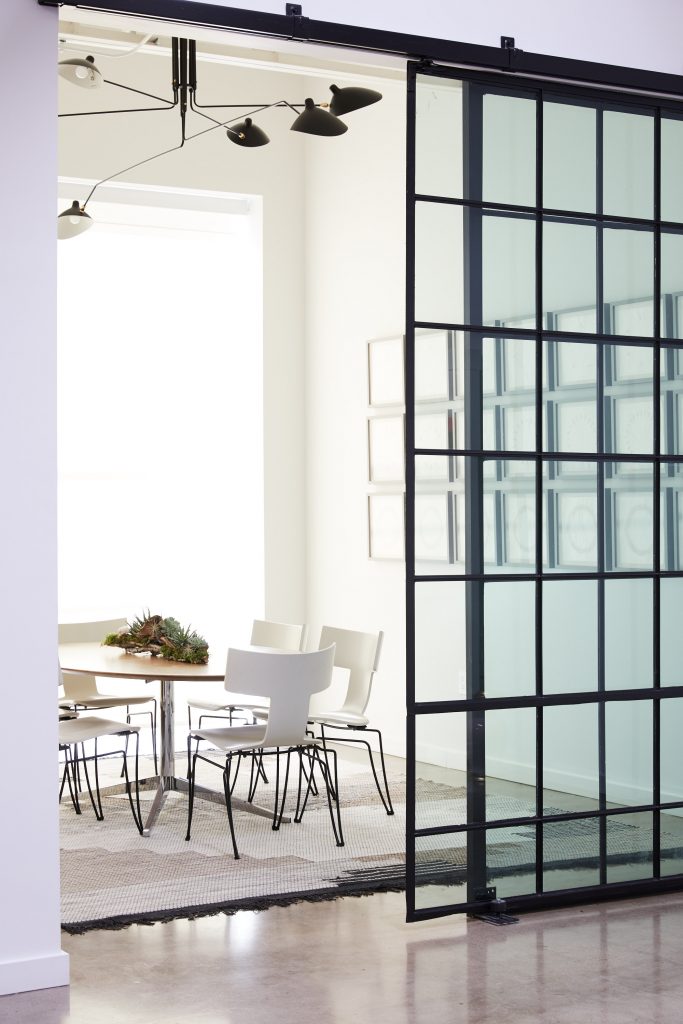




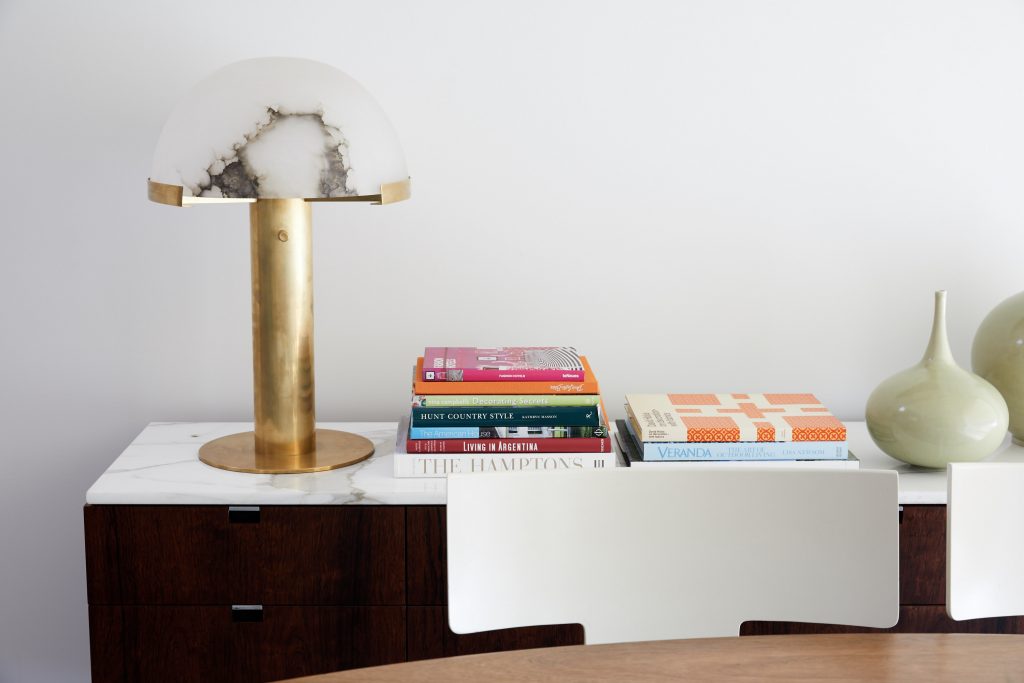

_md.jpeg)









